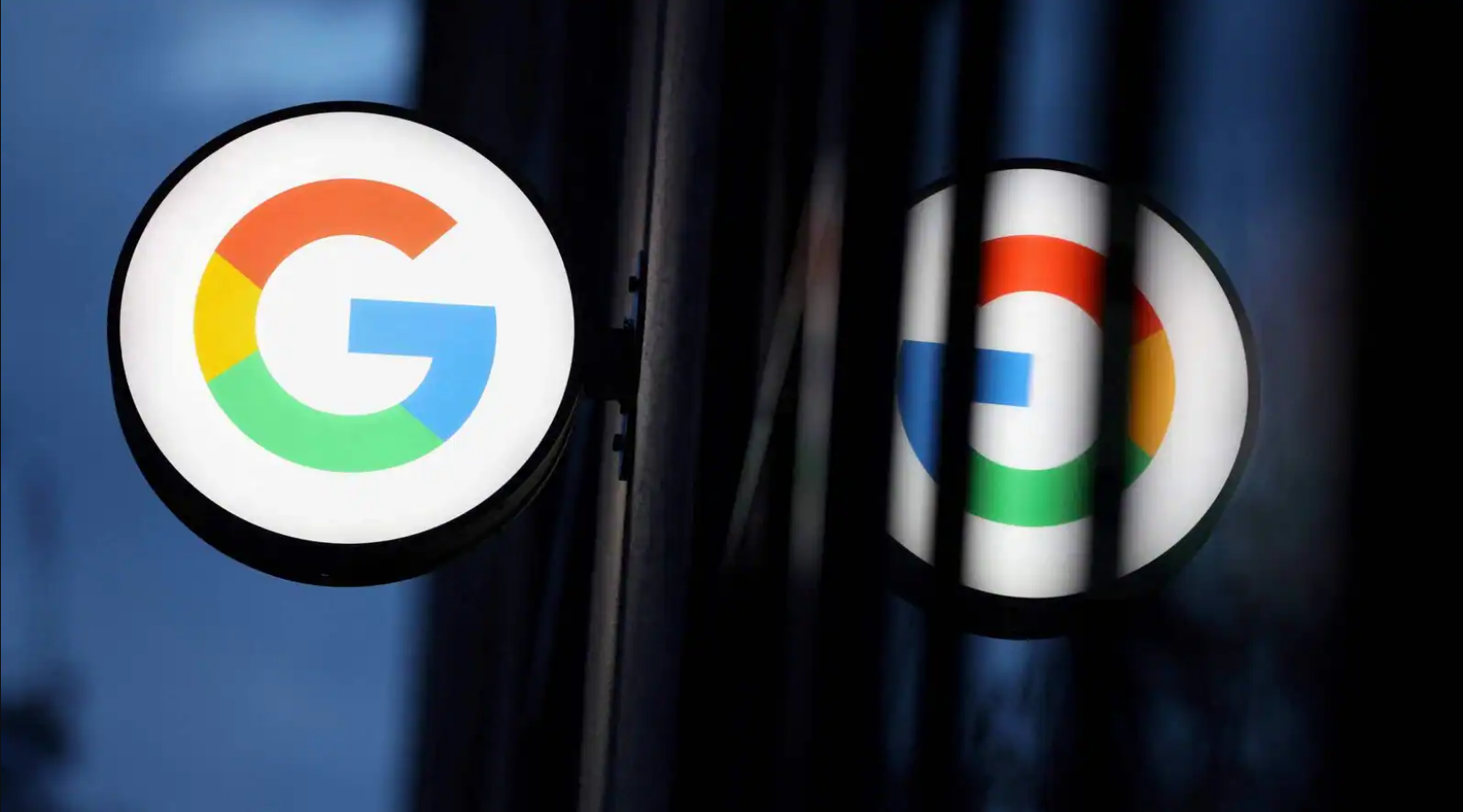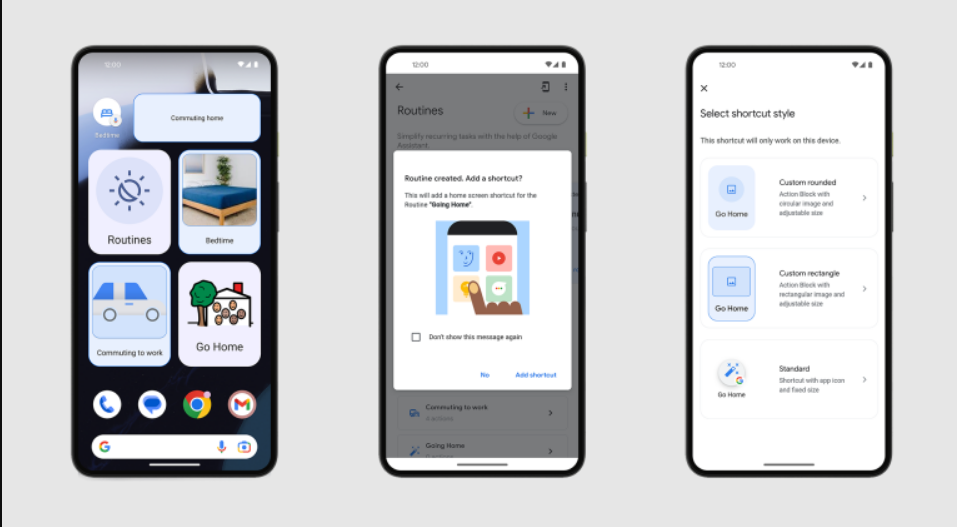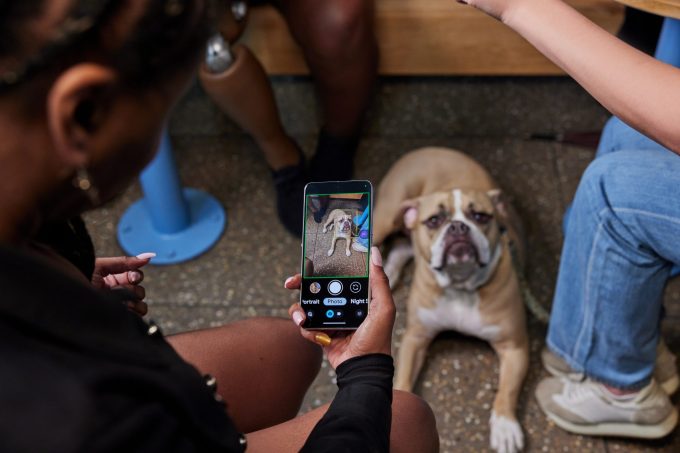Google is making a significant impact on millions globally by not only providing easy access to the Internet but also introducing a range of tools that enhance users’ online experiences and simplify everyday tasks.

The company’s commitment to making technology accessible is evident in its latest set of accessibility features and updates. These enhancements, designed with a focus on individuals with disabilities, aim to facilitate various activities such as walking directions, taking selfies, and searching for information on the internet.
These updates complement the recent accessibility improvements introduced in Android 14 and Wear OS 4, showcasing Google’s ongoing efforts to make technology inclusive and user-friendly.
New Features
1. Stair-Free Walking Routes
Google Maps now offers a convenient feature for pedestrians seeking stair-free routes, enhancing the existing wheelchair-accessible transit navigation. While designed to cater to wheelchair users, it proves beneficial for travelers burdened with heavy luggage or strollers. For those who have wheelchair accessibility already selected in transit preferences, the feature applies automatically. Alternatively, users can manually choose ‘Wheelchair-accessible’ under route options by tapping the three dots when requesting walking directions. This thoughtful addition adds versatility to Maps, ensuring inclusivity for various mobility needs.
2. Enhanced Camera Accessibility for Users with Low Vision
Google has upgraded its camera functionalities for improved accessibility, particularly benefiting users with low vision. The new Magnifier feature acts like a digital magnifying glass, enabling users to zoom in on objects. Developed in collaboration with the Royal National Institute of Blind People and the National Federation of the Blind, the app enhances detailed visibility and text legibility. Users can also customize brightness and contrast settings. Currently, the Magnifier app is accessible on Google Play for Pixel 5 and recent models, excluding the Pixel Fold.
3. Lens-Enabled Screen Reader Enhance Maps Accessibility
Formerly known as Search with Live View, the Lens in Maps feature combines AI and augmented reality, enabling users to explore unfamiliar areas and discover nearby places using their phone cameras. Google has enhanced this feature for users with vision impairment or low visibility by incorporating screen reader capabilities. While currently available on iOS devices, Google plans to introduce this functionality to Android later this year. Users can access it by tapping the camera icon in the search bar and lifting their phone, receiving audio feedback that describes nearby places, including their names, categories, and distances.
4. Accelerate Searches with Chrome’s Enhanced Address Bar

Google has extended its feature that identifies typos and suggests websites, now accessible on Chrome for Android and iOS. This innovation is particularly beneficial for individuals with dyslexia, language learners, and those prone to typos. Initially exclusive to Chrome desktop, this expansion ensures a seamless and user-friendly experience across devices.
5. Rolls Out Wheelchair Accessibility
Google has introduced a feature enabling users to discover wheelchair-accessible information for businesses on Maps. Now, users can easily identify places with features like stair-free entrances, accessible restrooms, seating, or parking through a wheelchair icon. This enhancement enhances the accessibility of information, making it convenient for users, especially those with mobility considerations. Accessible information is now available not only on Maps but also for Android Auto and cars equipped with integrated Google services.
6. Enhanced the Guided Frame

Google recently enhanced its Guided Frame feature, introduced earlier this month. The feature, designed to assist individuals who are blind or have low vision in capturing selfies, now goes beyond recognizing faces. With audio inputs, high-contrast animations, and haptic feedback, users can now capture images of pets, documents, or any occasion using both front and rear cameras. Initially available on the Pixel 8 series, it will extend to the Pixel 6+ later this year.
Have you tried new features of Google?
Also Read: How ‘Swifties’ Crashed Google By Solving A Puzzle 33 Million Times!
















